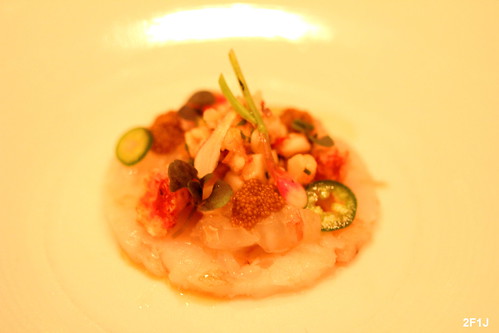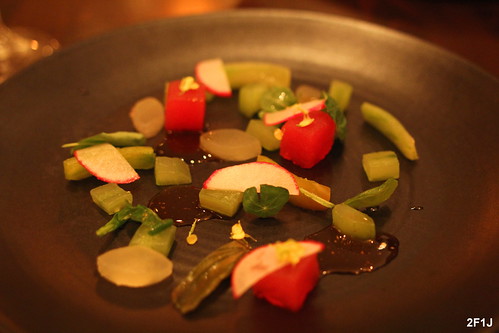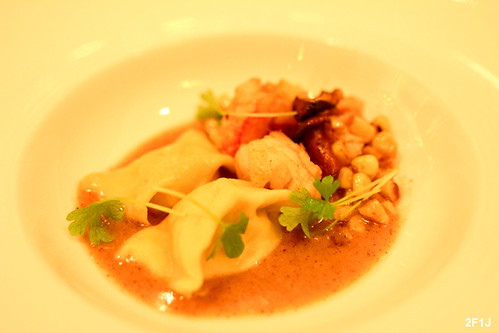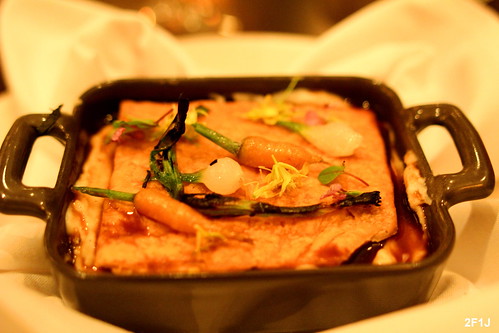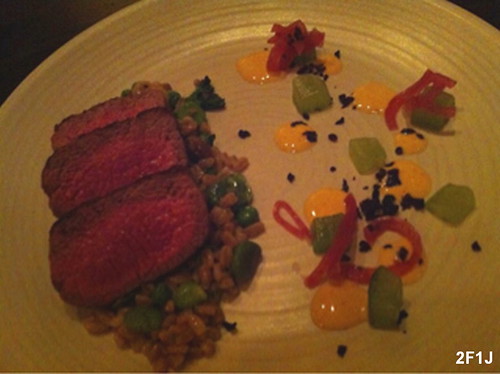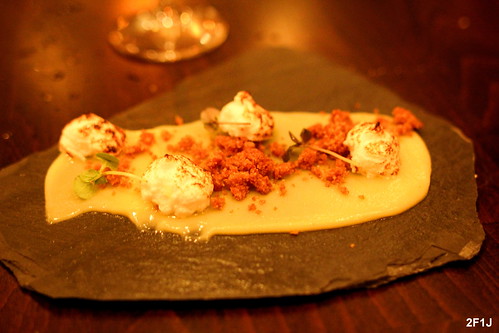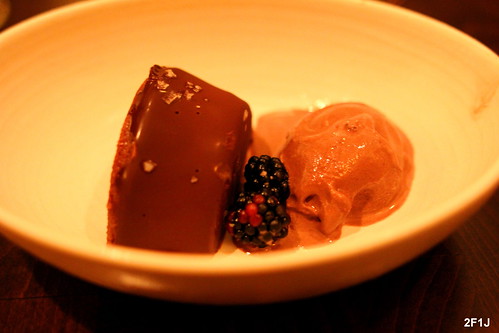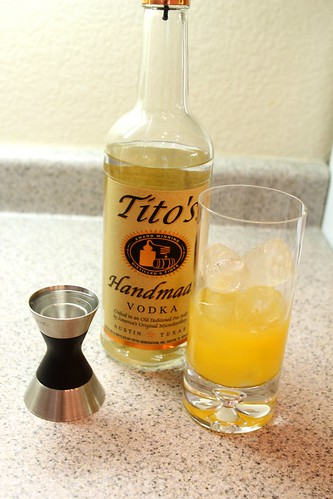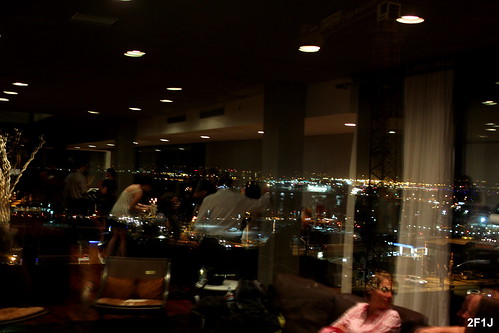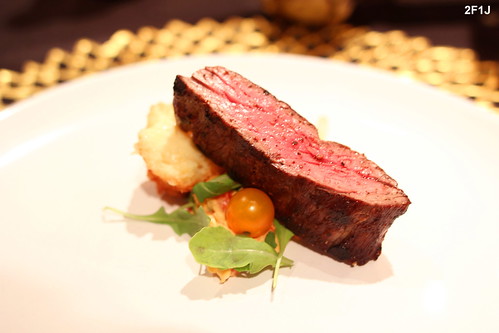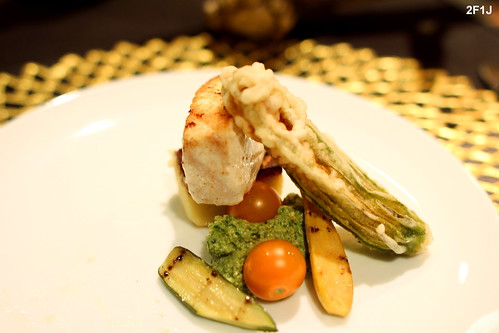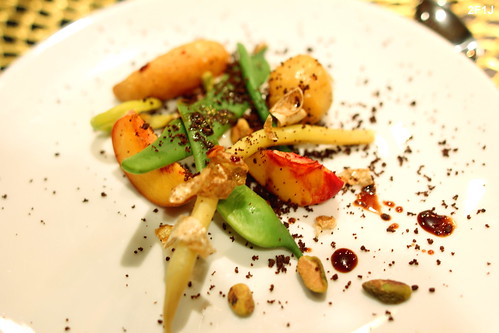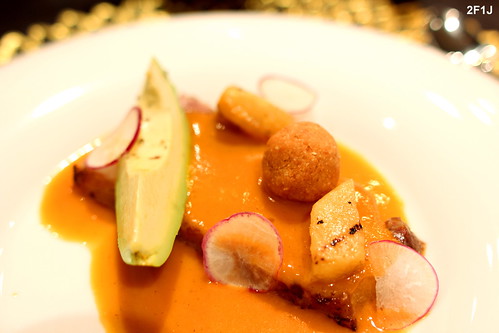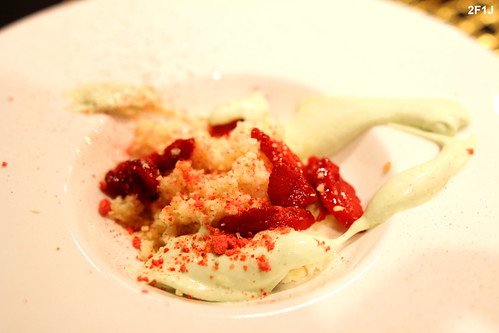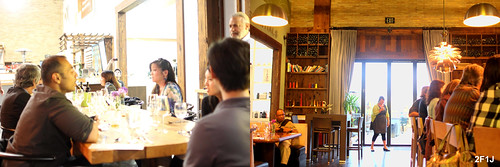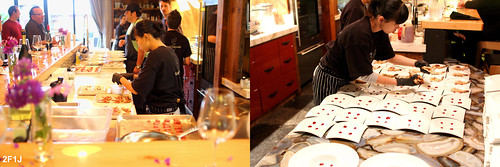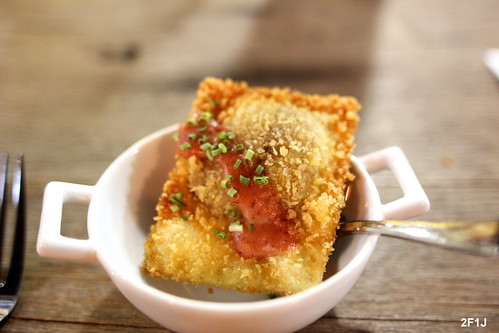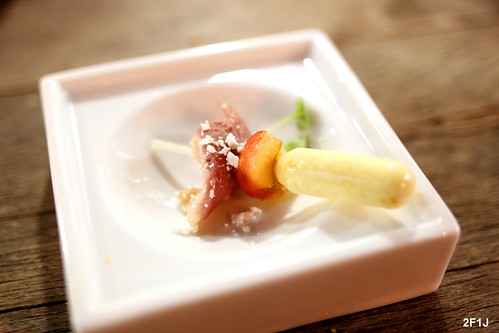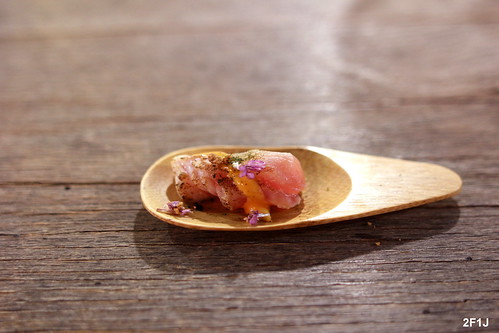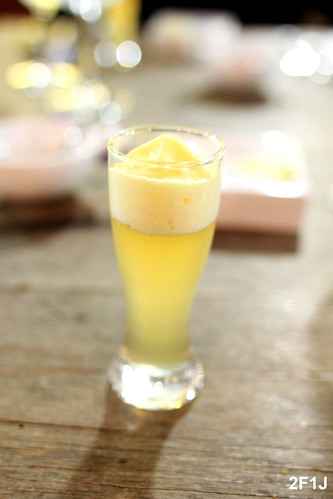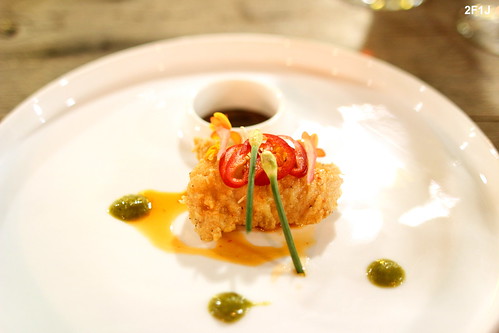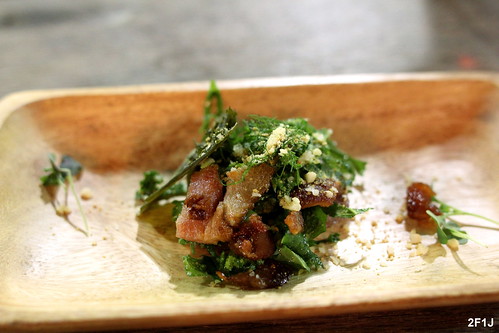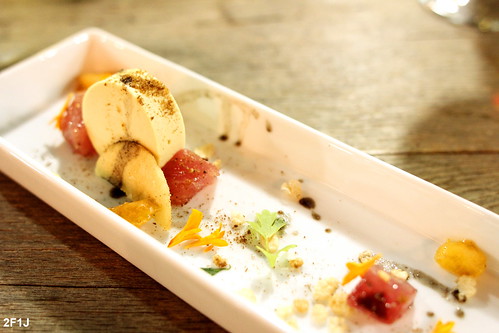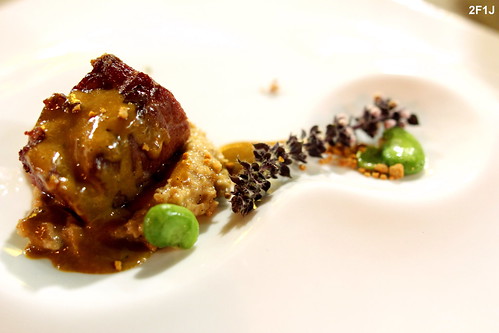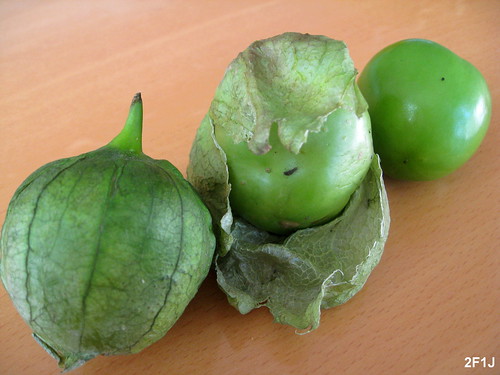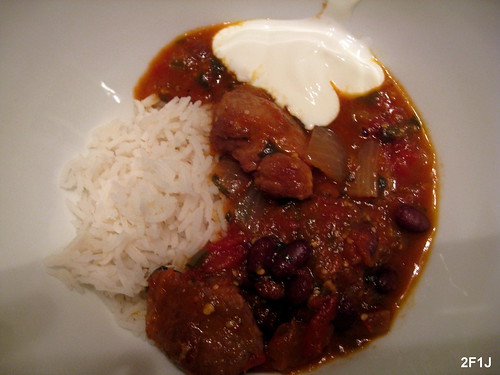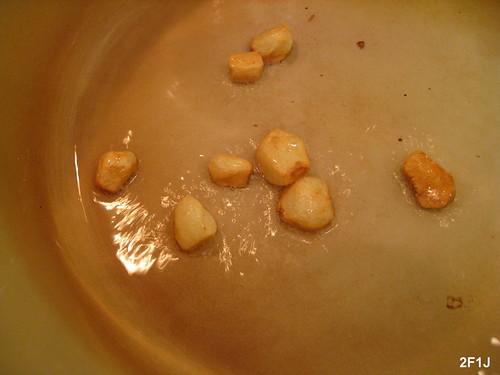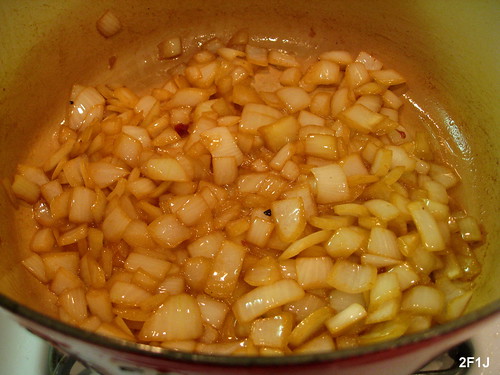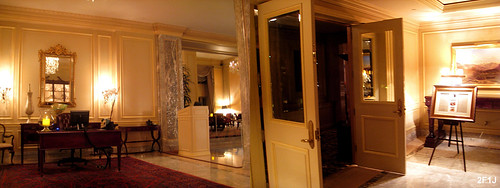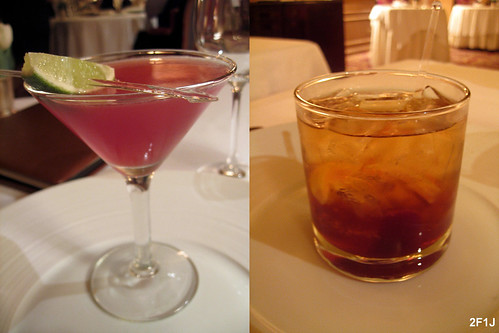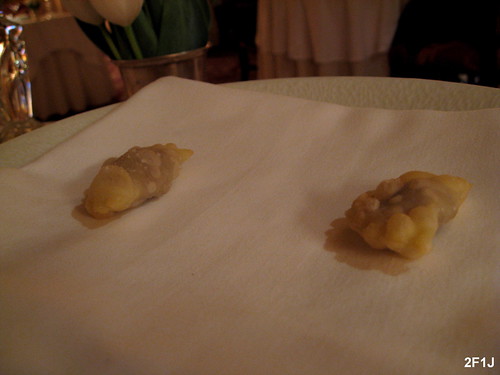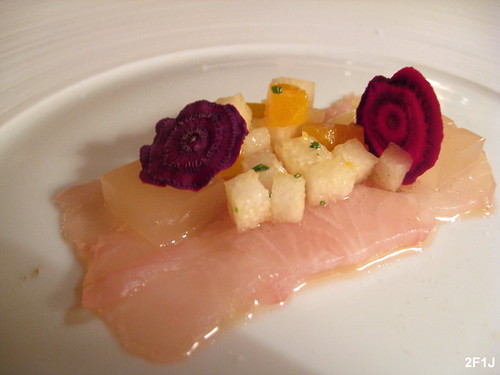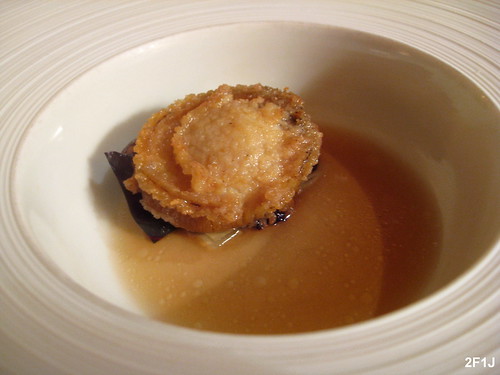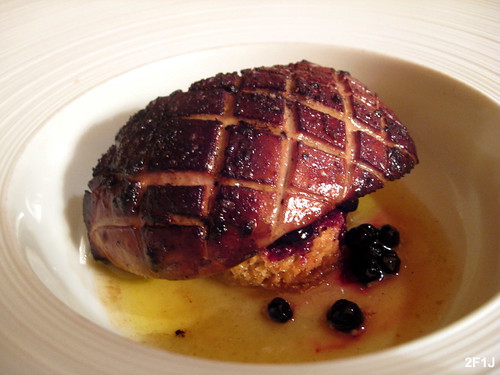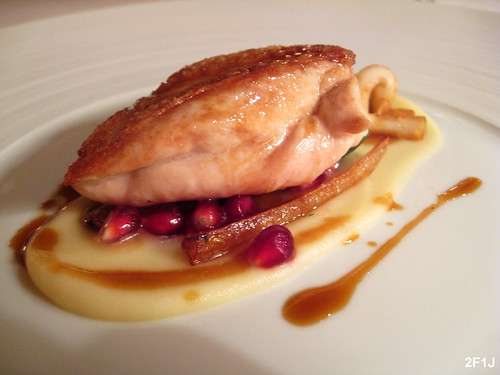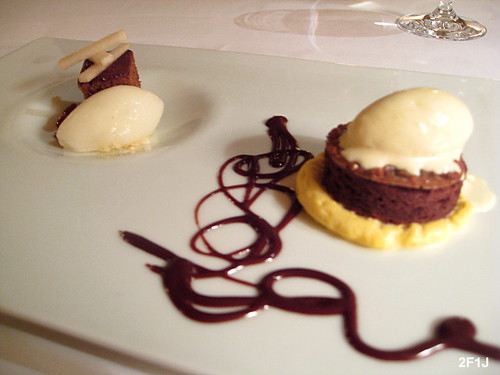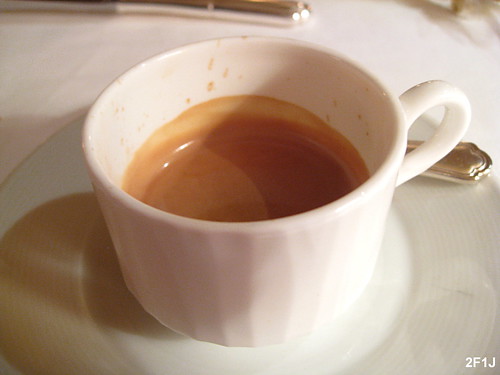There is
hardly any part of daily life which hasn’t been deeply affected and changed by
the internet over the last two decades. Starting from how we purchase nearly every
kind of goods, how we keep up to date with news, how we gather information or
how we communicate with each other. It is amusing and also sad at the same time
to see how many people you see today in restaurants who instead of talking to
each other are more occupied to stare on their smart phones and communicate through
social networks with each other and the world. Suddenly everybody, even people
you have never met in your life before, are “friends” and the importance of
anything is measured in how much everybody “likes”. All those social networks from
the established to the new ones have/had very little appeal for us as they seem
to be more advertisement platforms or trying to extract every detail of your
life even without any permission but there is one exception – Twitter. While
Twitter is far from something we would truly call communication with its 140
character limitations and often pointless “discussions” it has one major
attraction for us as foodies – the possibility of “direct” interaction with chefs.
There are many ways to contact a restaurant through their web page or Facebook
page but these possibilities normally only give you access to the FOH. Any time
you wanted to discuss dishes or menus with any chef there was hardly any other
way than going straight into the kitchen during a dinner. Twitter changed this
as many chefs started to use it personally to keep in touch with colleagues and
customers and it opened up many new possibilities to interact with them.
When we
recently had unexpectedly some reasons for a celebration we considered a few
possible restaurants as good places for an extensive dinner or preferably a
multi-course tasting menu. But when we went over our lists we remembered that
one of our best dinners we had last year was an outstanding tasting menu at
Kitchen 1540 under Chef Paul McCabe. Chef McCabe started to have an impact on
the culinary scene in San Diego about ten years ago when he worked as Executive
Chef first at Top of the Cove and then Star of the Sea. But he really made a
name for himself far beyond San Diego once he started heading the kitchen at
Kitchen 1540 and made it to one of the premier dining spots in San Diego. And
so it took many by surprise when he suddenly announced end of last year that he
would leave Kitchen 1540 for Delicias in Ranch Santa Fe. Delicias was one of
these restaurants which exist for many years, 19 in the case of Delicias, but
never made a real lasting impact on the dining scene in San Diego. Our single
visit some time ago showed good but unremarkable food especially for the
relative high prices. Once more details about the move from Chef McCabe
surfaced it become more apparent that it was quite lucrative as not only he
took over the kitchen but also became partner to owner Owen Perry, at the same
time as Alex Campbell, formerly of Bertrand’s at Mr.A, with not only plans to
revamp Delicias but also opening additional restaurants over the next years. Through
his Twitter account he posted regularly photos of his new dishes and it became
obvious that even though Delicias might not have the same customer base as
Kitchen 1540 the cooking style of McCabe didn’t change much. Once the
renovation of the restaurant and the revamp of the menu were completed recently
we felt that now was a good time to try out Delicias. And after just a few
tweets with Chef McCabe within several minutes we were able to set up a tasting menu at Delicias on a short
notice.
1st
Course: Shrimps - White shrimp blanket, spot prawn sashimi, ceviche, eggs and
tempura
This course
was presented as a variation on shrimp ceviche which didn’t do the dish enough
justice. In this complex dish we had a number of different shrimp preparations
yielding a broad range of textures and flavors - starting from the soft and
mild white shrimp blanket to the sweet and tender spot prawn sashimi to the
citrusy ceviche with tempura adding some texture. Ceviches can often dominate a
dish with their citrus-based sauce but in this dish it was well balanced with
some spicy- and saltiness rounding out the flavor profile. A very good start to
the tasting menu as the dish helped to awaken the taste buds.
2nd Course: Salad - Compressed vegetables and fruits
The trend
of having one dish to showcase the abundance of great produce in San Diego also
continued with this tasting menu but at the same time it was fascinating to see
how different the presentations are between the different chefs or even for
Chef McCabe himself compared to his “produce” course during our tasting menu at
Kitchen 1540. Whereas at Kitchen 1540 we had a very complex presentation with
different dressings and powders here we had the mere opposite – simplicity.
Using modern techniques to vacuum seal fruits and vegetables with looser cell
structures and high water content helps to intensify the flavors yielding in
dishes of stronger tastes of fruits and vegetables like watermelon and cucumber
in this course. A great example that modern technique and pure and
unadulterated flavors don’t have to be a contradiction.
3rd
Course: Corn Agnolotti, poached Maine lobster, chanterelle mushrooms, summer
truffles
One would
expect that a dish which contains lobster, chanterelle mushrooms and summer
truffles would center around these special ingredients but even though they
were integral for the dish they took a backseat to the most mundane one – corn.
Wonderful sweet but not overly saccharine it elevated the agnolotti to light
pillows of pasta but also formed the fitting foundation for all other
ingredients.
4rd
Course: Local White Bass, warm summer bean salad, house pancetta, pistou
vinaigrette
The White
Bass was cooked nicely and very tender and flakey. The bean salad had numerous
different types of beans and was a good choice for the mildly flavored fish.
But what really brought this dish together was the pistou as it paired well
with bean salad as well as the fish and was the overarching theme of the
course.
5th
Course: Pot Pie - Beef tongue, foie gras, vegetables, puff pastry
When we
originally set up this tasting menu we agreed on an 8-course menu with Chef
McCabe but at the beginning of the night he explained to us that there would be
an additional course. For this course McCabe came out of the kitchen to present
this dish as the additional free course – a variation on pot pie which included
foie gras. Obviously with the current ban on foie gras in California having the
rare opportunity to eat this delicacy alone was very exciting but what made the
course really stand out was how it was integrated into the dish. The easy way
to serve foie gras would have been in a classical presentation au torchon or
seared but this pot pie dish was a prime example where the sum is greater than
its parts. Using the often underutilized beef tongue as meat for the pie was
refreshing as it infused a strong, yet unique, beefy flavor but the foie gras
in the sauce elevated the dish to a completely different level. Every bite of
the dish included the taste of foie gras but it was balanced enough not to
dominate everything but yet the dish wouldn’t have worked without it – simply a
brilliant dish and not only a highlight of this tasting menu but one of the
best dishes we had in a long time. And it doesn’t happen very often that we
talk so much about a dish even days after the tasting menu when we were hoping
to have it one more time for dinner at home.
6th
Course: Colorado lamb rack, faro, harissa yogurt, compressed onion, cucumber,
olive
It is
always hard to talk about the philosophy of a chef as they often draw their
inspiration from many different sources but perhaps this dish is a good example
of what we feel is part of Chef McCabe’s philosophy. On one side a rather
classical interpretation of a rack of lamb but at the same time supporting the
earthy flavors with an ancient, and rarely seen on menus, grain like faro. On
the other side using modern techniques to create ingredients and flavors like
the compressed onion and cucumber which present an unexpected twist leading to
interesting contrasts, might it be, as in this case, by temperature, texture or
flavor.
7th
Course: Cheese – Coach Farm Triple Cream Goat, Roaring Forties Blue, condiments
The cheese
course presented two different extremes – a triple cream goat which was very
mild but rich and had some light tangy flavors. Whereas the Roaring Forties
Blue had a much more pronounced, bolder flavor with nutty undertones.
8th
Course: Yuzu curd, miso graham cracker, meringue
Yuzu with
its distinct taste somewhere between grapefruit and mandarin with some floral
notes is a good palate cleanser between the savory courses and the dessert. The
miso graham crackers not only added some texture but also interesting umami
flavor which reinforced the transition from savory to sweet courses.
9th
Course: Chocolate tart, crunchy praline, toasted marshmallow, chocolate sorbet,
maldon
The
tasting menu finished in a classical way with a chocolate based dessert. The
chocolate tart had some interesting textural variety by the crunchy praline and
toasted marshmallow. Adding some salt flakes helped open up the flavor of the
tart. Using chocolate sorbet instead of the ubiquitous chocolate gelato ensured
a certain lightness of the course. Perhaps not the most creative and unusual
way to end the night but still a satisfying end to a great tasting menu.
The
outstanding experience we had with the tasting menu at Kitchen 1540 under Chef
McCabe and his Twitter pictures of some of his dishes since he started working
at Delicias set our expectations quite high. At the same time our first dinner
at Delicias more than a year ago was unremarkable and the expected clientele at
a restaurant in Rancho Santa Fe might imply that a chef has to hold back his
creativity to be successful. In the end our concerns appeared to be unfounded
and our experiences with a tasting menu at Delicias were on a very similar
level as at Kitchen 1540. The creativity and execution of the dishes clearly
showed the style we expected from Chef McCabe and it was interesting to see
that some of the courses of the tasting menu were variation of dishes from the
regular menu, like the lamb or agnolotti. And even though most of the off-menu
courses showed a greater level of creativity the flow between off and on menu
dishes throughout the tasting menu was uninterrupted and indicated the impact
McCabe had on the quality of the regular menu.
As much as
bad service can ruin a dinner with great food, good service as we experienced
at Delicias can elevate an already great night. And it is often the small
details like well paced courses, enough time to enjoy some cocktails without
being “forced” to start the tasting menu and attentive but unintrusive service
which you see surprisingly seldom even at higher end restaurants that set the
tone for great service. If there was perhaps one minor quibble than even though
the current dining room feels less stuffy than on our last visit it was
surprising to see that they used booths with very high backrests close to the
kitchen to separate the dining room from the kitchen instead of creating a
dining room with an open kitchen which would bring a much better dynamic and
liveliness to the restaurant.
It will be
interesting to see how Chef McCabe will position Delicias as a restaurant in
the near future. He has to find a balance to keep the regular menu interesting
but not too unusual to attract his regular customers in Rancho Santa Fe but at
the same time also create creative dishes to expand the influence of Delicias
beyond being just a neighborhood restaurant. Perhaps he might take a similar
approach as Chef Foshee at Georges in La Jolla who has an interesting regular
menu to satisfy his regular customers but also more recently started TBL3, a
special tasting menu, which gained a lot of attention for his restaurant far
beyond San Diego. Using a tasting menu like we experienced with Chef McCabe
will be the right step to make Delicias such a destination restaurant.
6106 Paseo Delicias
Rancho Santa Fe, CA 92067
(858) 756-8000
